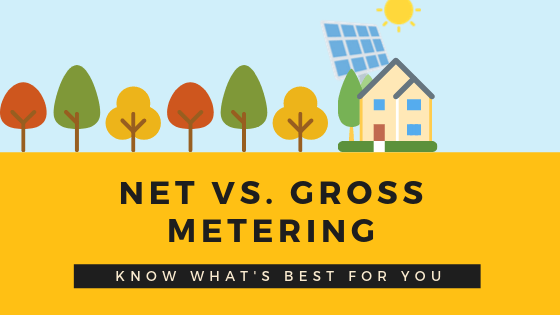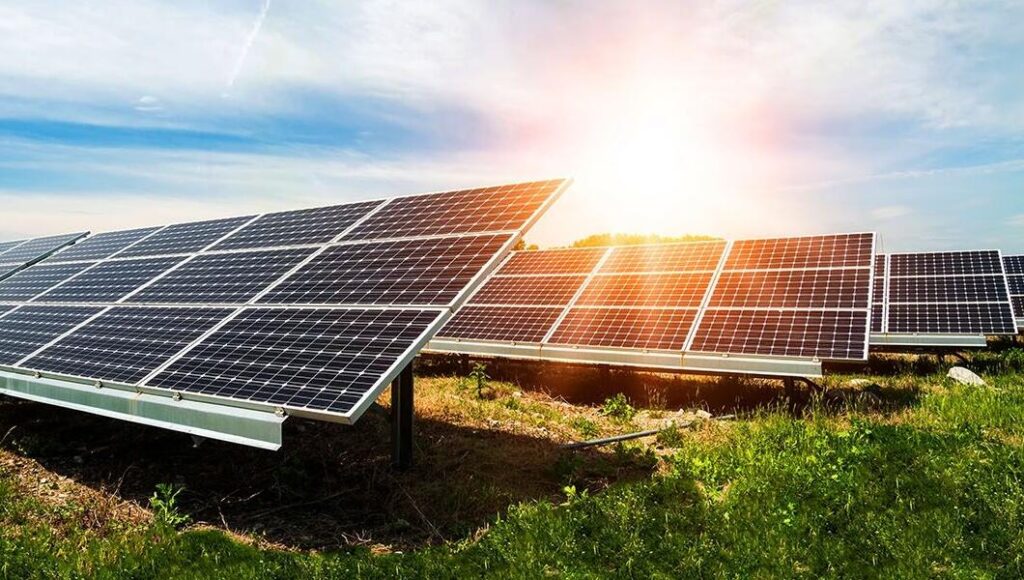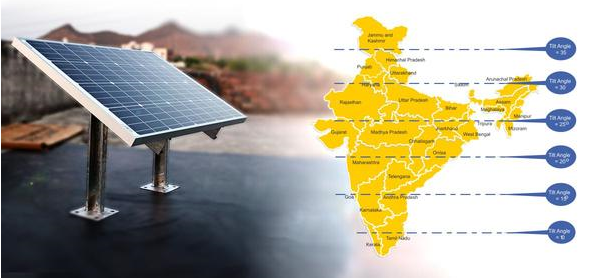If you are looking for ways in which you can be ‘energy smart’ with renewable energy sources that could lessen the effects of global warming on our environment, opt for solar energy. It is a truly sustainable source and has gained popularity across the globe. While solar panels are becoming a popular choice for many, some are still sceptical about it. We are here to help you find out the truth behind some of the common myths.
Solar energy is too expensive
Over the last 10 years, investment in solar energy has been increasing, and the price of solar electricity has dropped by 89%. In India for example, in July 2020, solar power tariff was INR 2.36 per unit, in an auction of 2 GW capacities by the Solar Energy Corporation of India. Significant technological advancements and increased adoption of solar energy has, over time, made production more efficient, reliable, and scalable. That has eventually made it cheaper than energy produced from coal.
Solar panel installation is too complex and demands a lot of maintenance
The installation of solar panels is as simple as installing any other household appliance, and can be completed in a week by a reliable manufacturer. The panels would need a periodic light cleaning to get rid of the debris, leaves or dust that might obstruct the sun’s rays. A battery-based system might need more cleaning and are relatively more expensive than a system without batteries.
Solar panels do not work in all weather conditions
It’s a very common misconception that solar panels produce little or no energy during winter. Solar panels can withstand harsh weather conditions and are, in fact, extremely efficient in colder temperatures. For solar panels to generate electricity, you only need one thing — sunshine. Solar energy systems and solar panels are not powered by heat but light. So, regardless of the temperature, solar panels will continue to produce energy as long as they receive sunlight. However, the output will be slightly lower during winter than summer.
Do the prices of solar panels depend on the size of your home?
The installation of a home solar plant will depend largely on the energy consumption pattern of the household rather than the size of a house. Accordingly, the number of solar panels required will have to be calculated. Based on the number of panels, space availability, and your choice between off-grid and grid-connected power plants, the price will be ascertained.
If we can use clean coal, why invest in solar energy?
Solar power is one of the cleanest forms of renewable energy. Unlike fossil fuels, generating electricity from the sun’s rays does not harm the environment. No harmful substances are released and there are no carbon emissions or pollutants. On the other hand, there is no such thing as ‘clean coal’, and both coal mining and coal-fired power plants affect the environment adversely.
Hope we managed to debunk some of the common myths about solar energy. It’s time to choose clean and sustainable forms of energy and solar is one of the best options.
Do you have other questions around solar energy? Feel free to contact us on +91 98199 07445. With 72 years of market experience, VEMC provides end-to-end EPC services to its clients. VEMC is ISO 9001:2015 certified and a pioneer in the field of electromechanical engineering products, allied equipment, and services. Our sub-brand VEMCO Solar is a market leader in solar solutions — be it solar plant erection, procurement, commissioning, net metering, or electrical connections. We would be glad to include you in our family.




